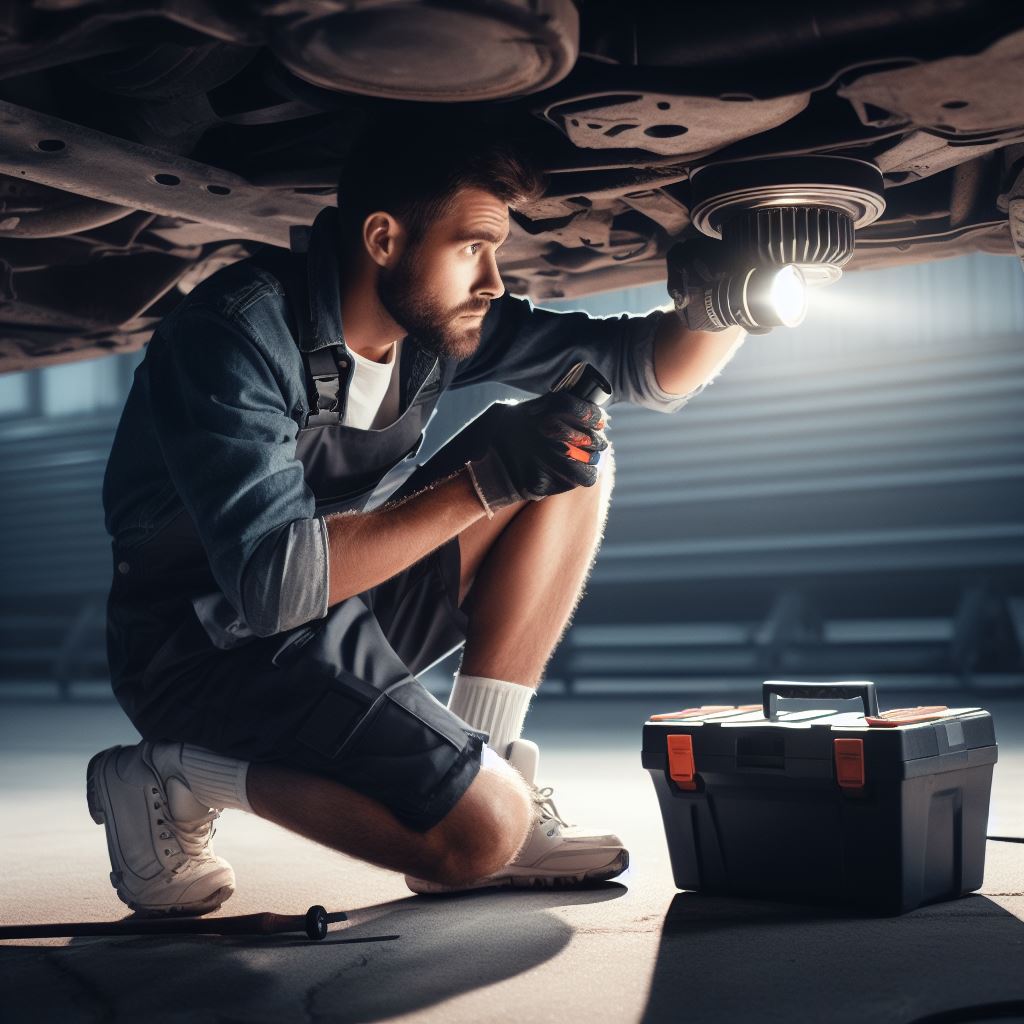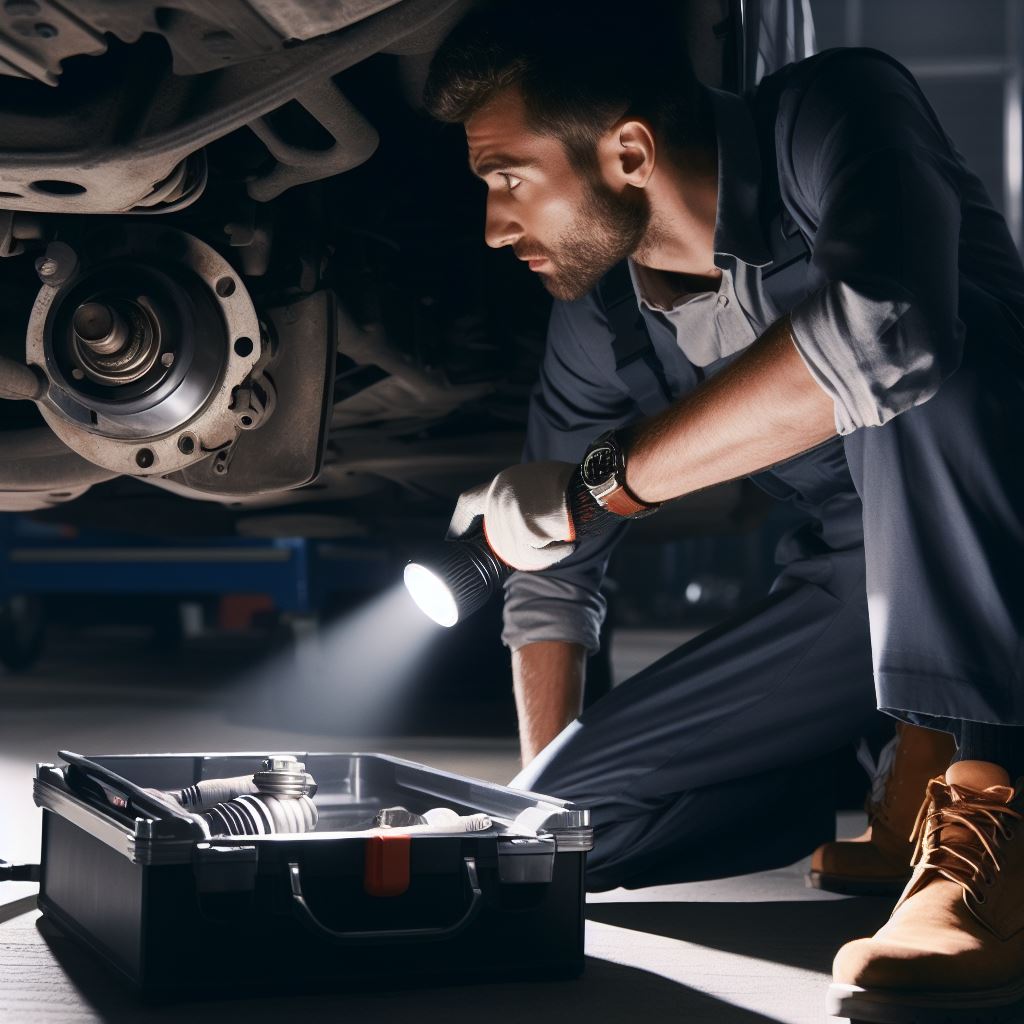Your vehicle’s transmission system is a complex network of components that work in harmony to ensure a seamless driving experience. One critical element in this system is the constant velocity (CV) joint, which plays a pivotal role in transferring power from the engine to the wheels. However, over time, CV joints may develop issues that can affect your vehicle’s performance.
In this guide, we will delve into the world of CV joint replacement, exploring common transmission problems and offering valuable troubleshooting tips to keep your car running smoothly. Whether you’re a DIY enthusiast or want to be informed, understanding these issues is vital to maintaining your vehicle’s integrity.
Key Takeaway
Key takeaway: It is important for car owners to be aware of potential transmission problems that may arise after getting their CV joints replaced and to address them promptly by consulting a trusted mechanic for inspection and repairs. Regular maintenance and proper installation of high-quality parts can help prevent these issues.
transmission problems after CV joint replacement
| Transmission Problem | Possible Causes | Solutions |
|---|---|---|
| 1. Shifting Issues | – Incorrect CV joint installation affecting the transmission linkage. | – Recheck the CV joint installation, ensuring it didn’t interfere with the transmission linkage. Adjust as necessary. |
| 2. Grinding Noises | – Misaligned CV joint or damaged transmission components. | – Inspect the CV joint and transmission components for damage. Replace or repair as needed. |
| 3. Fluid Leaks | – Damaged transmission seals during CV joint replacement. | – Inspect the transmission for damaged seals and replace them. Ensure that the transmission fluid level is correct. |
| 4. Slipping Gears | – Misadjusted or damaged clutch linkage due to the CV joint replacement. | – Adjust the clutch linkage to the manufacturer’s specifications or repair any damaged components. |
| 5. Delayed Shifting | – Inspect the transmission and clutch components for damage and replace or repair them as necessary. | – Recheck the CV joint installation and ensure it’s not obstructing the transmission’s operation. |
| 6. Loss of Power | – Damage to the transmission or clutch components during CV joint replacement. | – Inspect the transmission and clutch components for damage and replace or repair as necessary. |
| 7. Overheating | – Increased friction due to improper CV joint installation impacting wheel movement. | – Recheck the CV joint installation and correct any issues affecting wheel rotation. |
| 8. Erratic Shifting | – Misaligned or damaged shift linkage caused by CV joint replacement. | – Inspect and adjust the shift linkage or replace damaged components. |
| 9. Vibrations | – Unbalanced CV joint or improper alignment affecting transmission operation. | – Balance the CV joint properly and ensure correct alignment to prevent vibrations. |
| 10. Fluid Contamination | – Contaminants entering the transmission during CV joint replacement. | – Flush and replace the transmission fluid if contaminants have entered. Ensure a clean environment for future repairs. |
Identify the Symptoms
Transmission Problems After CV Joint Replacement Replacing a CV joint can be a daunting task for any car owner. It requires specialized tools and expertise to remove and replace the old joint properly. However, even after a successful replacement, some car owners may experience transmission problems.
If the joint is not installed correctly, it can cause damage to the transmission system. Additionally, using low-quality or incorrect replacement parts can also lead to transmission issues. Another common cause is ignoring the warning signs of a failing CV joint and waiting too long to replace it.

Possible Causes of Transmission Problems
Are you experiencing transmission problems after getting your CV joint replaced? It can be frustrating and worrying to have car trouble after investing time and money into a repair. But don’t panic; you’re not alone. Many drivers have faced similar issues after getting their CV joints replaced.
By understanding the common causes and signs of these issues, you can take the necessary steps to address them and get back on the road with confidence. Remember to always work with a reputable mechanic and use high-quality parts to ensure a smooth and successful repair.
Preventing Future Transmission Problems
Transmission Problems After CV Joint Replacement: What You Need to Know Replacing a CV joint is a common repair for many vehicles, and it’s a necessary one. The CV joint, or constant velocity joint, is responsible for transferring power from the transmission to the wheels, allowing your car to move. When it becomes damaged or worn out, it can cause a variety of problems with your vehicle’s transmission.
If you recently had a CV joint replaced, you may be experiencing some transmission issues. This can be frustrating and confusing, especially if you thought the repair would solve all your problems. In this article, we’ll discuss the common transmission problems that can occur after a CV joint replacement and what you can do to address them.
- Shifting Difficulties: One of the most common transmission problems after a CV joint replacement is difficulty shifting gears. This can manifest as a hesitation or delay when shifting, or the gears may not engage at all. This is often caused by an incorrect installation of the CV joint, which can impact the positioning of other components in the transmission system.
- Strange Noises: Another telltale sign of transmission problems is unusual noises coming from your vehicle. This can include grinding, whining, or clunking sounds, which may indicate that something is wrong with the gears or the transmission fluid. If you hear any strange noises, it’s important to have your vehicle checked by a mechanic to prevent further damage.
- Transmission Fluid Leaks: In some cases, a CV joint replacement can cause transmission fluid leaks. This can happen if the seals or gaskets were not properly installed or if they were damaged during the repair. Leaking transmission fluid can lead to a host of other problems, so it’s crucial to address it as soon as possible.
- Jerking or Vibrations: If you notice your car jerking or vibrating while driving, it could be a sign of transmission issues. This can be caused by a number of factors, including an incorrectly installed CV joint or damaged transmission mounts. Ignoring these symptoms can lead to more severe transmission problems down the road.

Frequently asked questions
What are some common signs of transmission problems after a CV joint replacement?
Some common signs include difficulty shifting gears, unusual noises coming from the transmission, and leaking transmission fluid.
Can a bad CV joint replacement cause transmission problems?
Yes, a poorly installed or malfunctioning CV joint replacement can put a strain on the transmission and lead to issues such as slipping gears or complete transmission failure.
How long should a CV joint replacement last before causing transmission problems?
On average, a CV joint replacement should last between 80,000 to 100,000 miles. However, factors such as driving habits and road conditions can affect its lifespan.
Can transmission problems after a CV joint replacement be prevented?
Yes, regular maintenance and proper installation of the CV joint replacement can help prevent transmission problems. It is also important to address any warning signs or issues as soon as they arise to avoid further damage to the transmission.
Conclusion
In the realm of automotive maintenance, knowledge is power. Understanding the common transmission problems associated with CV joint replacement allows you to identify issues early, potentially saving you from expensive repairs down the road. Whether you’re hearing strange noises, experiencing vibrations, or feeling a loss of power during acceleration, being able to troubleshoot these problems is a valuable skill. By addressing CV joint issues promptly, you’ll ensure your vehicle remains in optimal condition, delivering the smooth and reliable driving experience you deserve. Stay informed, stay safe, and keep your vehicle in top shape.
